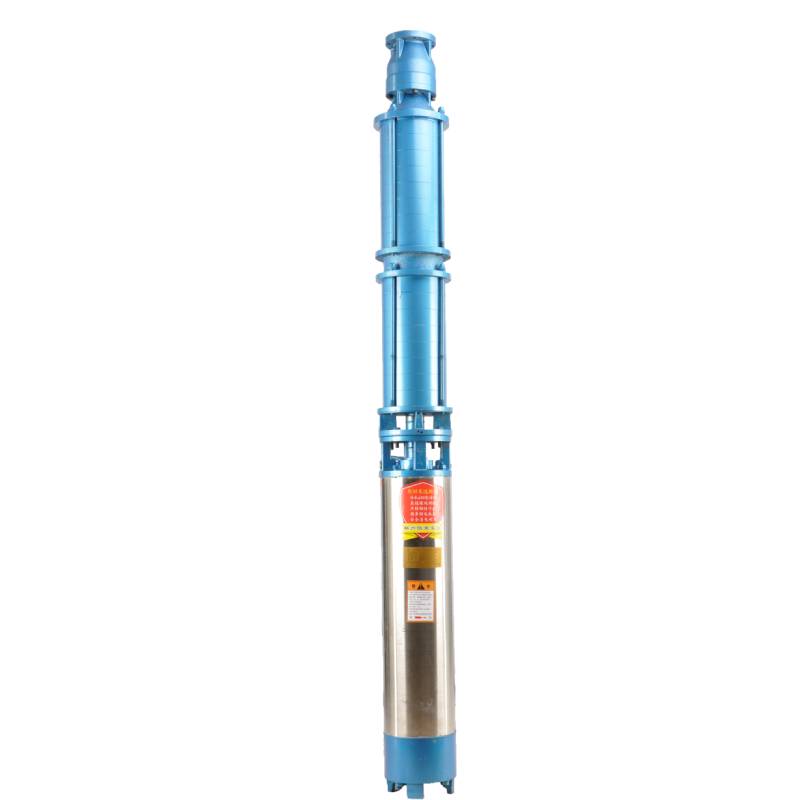Dec . 18, 2024 22:26 Back to list
Repairing Submersible Pumps for Efficient Operation and Longevity in Water Management Systems
Understanding and Fixing Submersible Pumps A Comprehensive Guide
Submersible pumps are vital components in various applications, including wastewater management, groundwater extraction, and dewatering construction sites. They are designed to operate underwater, making them efficient at pumping fluids from depths that surface pumps cannot reach. However, like any mechanical device, submersible pumps can experience issues that may hinder their performance. Understanding how to fix these problems can save time and money and ensure your pump operates effectively.
Common Issues with Submersible Pumps
1. Pump Won't Start One of the most common issues is when the pump fails to start. This problem can be due to several factors, such as electrical issues, tripped circuit breakers, or a faulty float switch. It is crucial to first check the power supply and ensure that the circuit breaker is functioning correctly. Additionally, inspect the float switch to confirm that it is not stuck.
2. Low Flow Rate If your submersible pump is running but producing a low flow rate, it could be due to clogs or blockages in the intake screen or pipes. Sediment, debris, or even algae can obstruct the flow. Regular maintenance, including cleaning the intake screen and ensuring that the discharge pipe is clear, can help prevent this issue.
3. Overheating A submersible pump may overheat due to continuous operation, dry running (running without water), or excessive sediment buildup. Overheating can damage the motor and other internal components. To address this, check the water levels and ensure that the pump is submerged. Installing a thermal protection device can also help protect against overheating.
4. Unusual Noises Strange sounds, such as grinding or rattling, can indicate internal problems within the pump, such as worn bearings or impellers. These noises should not be ignored, as they can lead to further damage. If you hear unusual noises, it is advisable to shut off the pump immediately and inspect it for wear and tear.
5. Vibration Excessive vibration can be caused by an unbalanced motor or impeller misalignment. This can lead to component wear and ultimately failure. When a pump vibrates too much, it is essential to check for alignment issues and make adjustments as needed.
Steps to Fix a Submersible Pump
fix submersible pump

1. Safety First Before attempting any repairs, ensure that the power supply is disconnected to prevent electrical shock. Employ appropriate personal protective equipment (PPE) while working on the pump.
2. Inspect and Clean Start by inspecting the exterior of the pump for signs of wear or damage. Next, remove the pump from the well or sump and clean the intake screen and impeller to remove any debris.
3. Check Electrical Components Use a multimeter to check the electrical components, including the motor and wiring, for continuity and proper function. Replace any faulty components as needed.
4. Test the Float Switch Ensure that the float switch is functioning correctly. You can do this by manually raising and lowering the float to see if the pump responds accordingly. Replace the switch if it is defective.
5. Reassemble and Test Once repairs are made, reassemble the pump carefully. Before placing it back underwater, perform a test run to ensure it operates correctly without any issues.
6. Regular Maintenance Finally, establish a regular maintenance schedule to check the pump for any signs of trouble. Change the oil (for oil-filled pumps), clean filters, and ensure that all connections are secure to extend the life of your submersible pump.
Conclusion
Fixing a submersible pump can be straightforward if you are familiar with the common issues and know how to troubleshoot them. Regular maintenance and timely repairs not only enhance performance but also prolong the lifespan of the pump. Whether you are a homeowner dealing with a sump pump or a professional managing larger systems, understanding your equipment can save you from potential headaches and ensure efficient operation.
-
Submersible Water Pump: The Efficient 'Power Pioneer' of the Underwater World
NewsJul.01,2025
-
Submersible Pond Pump: The Hidden Guardian of Water Landscape Ecology
NewsJul.01,2025
-
Stainless Well Pump: A Reliable and Durable Pumping Main Force
NewsJul.01,2025
-
Stainless Steel Submersible Pump: An Efficient and Versatile Tool for Underwater Operations
NewsJul.01,2025
-
Deep Well Submersible Pump: An Efficient 'Sucker' of Groundwater Sources
NewsJul.01,2025
-
Deep Water Well Pump: An Efficient 'Sucker' of Groundwater Sources
NewsJul.01,2025
-
 Submersible Water Pump: The Efficient 'Power Pioneer' of the Underwater WorldIn the field of hydraulic equipment, the Submersible Water Pump has become the core equipment for underwater operations and water resource transportation due to its unique design and excellent performance.Detail
Submersible Water Pump: The Efficient 'Power Pioneer' of the Underwater WorldIn the field of hydraulic equipment, the Submersible Water Pump has become the core equipment for underwater operations and water resource transportation due to its unique design and excellent performance.Detail -
 Submersible Pond Pump: The Hidden Guardian of Water Landscape EcologyIn courtyard landscapes, ecological ponds, and even small-scale water conservancy projects, there is a silent yet indispensable equipment - the Submersible Pond Pump.Detail
Submersible Pond Pump: The Hidden Guardian of Water Landscape EcologyIn courtyard landscapes, ecological ponds, and even small-scale water conservancy projects, there is a silent yet indispensable equipment - the Submersible Pond Pump.Detail -
 Stainless Well Pump: A Reliable and Durable Pumping Main ForceIn the field of water resource transportation, Stainless Well Pump has become the core equipment for various pumping scenarios with its excellent performance and reliable quality.Detail
Stainless Well Pump: A Reliable and Durable Pumping Main ForceIn the field of water resource transportation, Stainless Well Pump has become the core equipment for various pumping scenarios with its excellent performance and reliable quality.Detail
